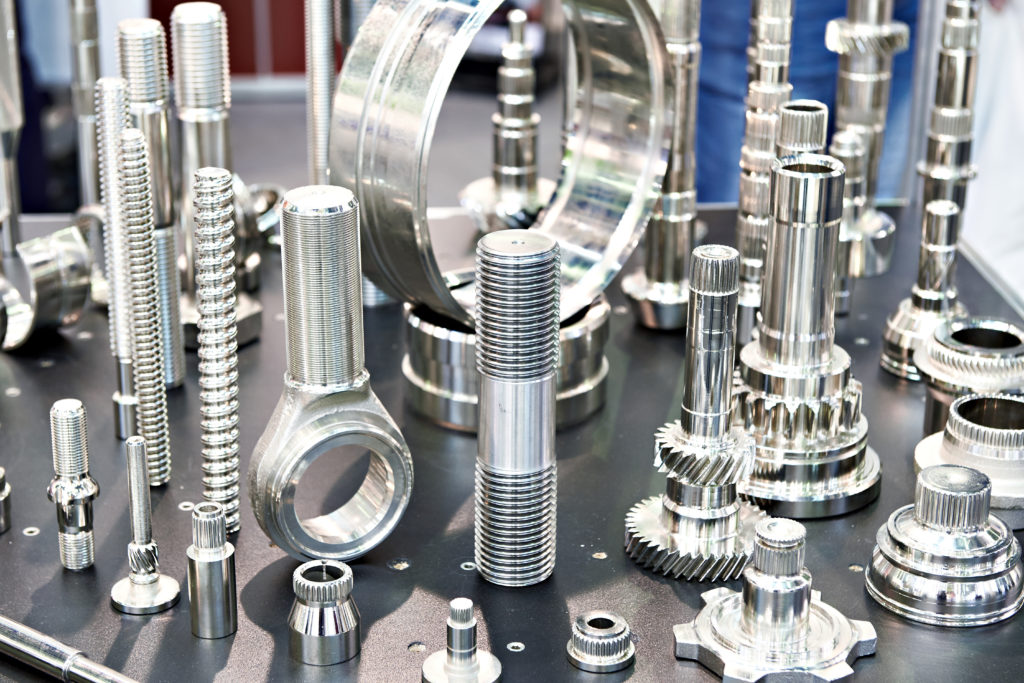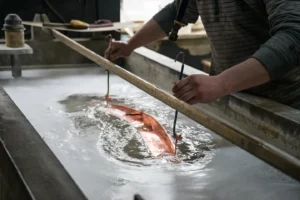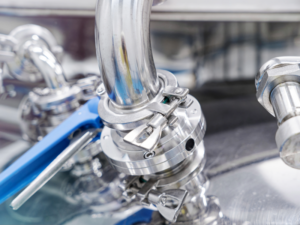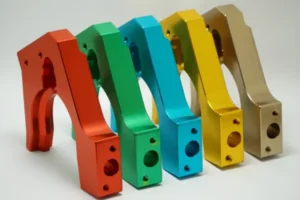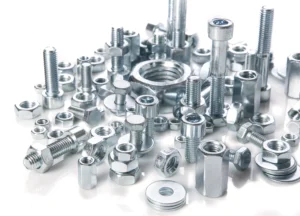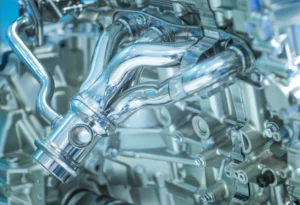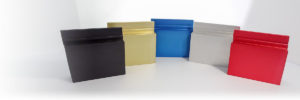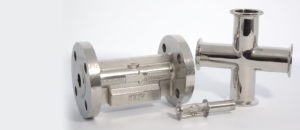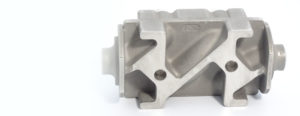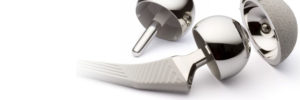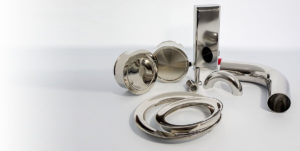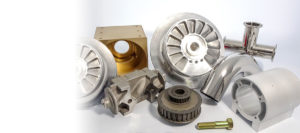Electropolishing and passivation are two of the most popular finishing methods for stainless steel.
The two processes have some similarities, but there are clear differences between them.
Although both employ chemical baths in their operations, electropolishing also incorporates the use of electrical current to remove microscopic surface layers of material to achieve a smooth finish, while passivation is non-electrolytic and produces a contaminant-free surface finish with enhanced corrosion resistance.
Depending on the part specifications, either finishing process may serve as a potential solution.
However, deciding which is best for a stainless steel part requires a more complete understanding of how each process works and what advantages they can contribute.
Comparing Electropolishing and Passivation
Electropolishing and passivation are both non-mechanical finishing methods that use chemical baths to achieve the desired surface finish.
Passivation uses a nitric or citric acid bath to eliminate free iron and other contaminants and provide a more corrosion resistant part. It does not involve an electric current nor does it improve the aesthetics of the surface.
Electropolishing uses a temperature-controlled chemical bath with an electrical current to remove a microscopic layer of surface contaminants, burrs, and imperfections. It can also remove heat tint and oxide scales whereas passivation cannot. The chemical and electrical combination is a more aggressive process than passivation. The result is a bright, shiny, and corrosion-resistant part.
Choosing Between Electropolishing and Passivation
Several considerations must be taken into account when deciding which treatment to use.
Electropolishing and passivation are both used to remove surface contaminants, but they are distinct processes with their own advantages and disadvantages depending on the application. Selecting the most suitable method depends on the stainless steel part and how it will be used.
Selecting passivation finishing may be a consideration when:
- You need to remove manufacturing-related contaminants and enhance corrosion resistance
- Maintaining the appearance of the metal
- A gentler treatment is needed
- Enhancing the inherently protective oxide layer is needed to prevent corrosion or rusting
Electropolishing is commonly chosen when:
- The microscopic removal of the surface metal is needed
- You need to completely remove embedded contaminants by stripping the outer skin of the metal
- The parts have intricate shapes
- Finishing applications in the aerospace, marine, medical, or pharmaceutical industries
While passivation has its place in metal finishing, electropolishing is more frequently used because it offers an aggressive, more thorough treatment with longer-lasting benefits and a superior finish result. It removes burrs and microscopic peaks while providing a much higher level of corrosion resistance and adding a bright and polished aesthetic. Passivation is the better treatment when a gentler process is needed. When a higher level of smoothness, corrosion resistance, and durability is desired, electropolishing is the best choice.
Clean metal surfaces that conform to FDA contamination control requirements are of the utmost importance to pharmaceutical companies. As a result, using electropolishing to decontaminate mixers, tubing, filters, tanks and other stainless steel components has been on the rise. An important advantage of electropolishing for the pharmaceutical industry is that it prevents bacteria and other contaminants from adhering to smooth, sanitized surfaces.
Electropolishing has been an essential process for the medical and dental industries for many years. From surgical and procedural tools to orthopedic implants and artificial heart valves, it is the finishing method that provides the highest levels of decontamination and corrosion resistance to help keep humans healthy and safe.
Different metal finishing methods are used to enhance the aesthetics and performance of metal parts and products. At AMF Technologies, we have many finishing capabilities including electropolishing and passivation for stainless steel. Please contact us to learn more about our finishing services or to request a quote.
